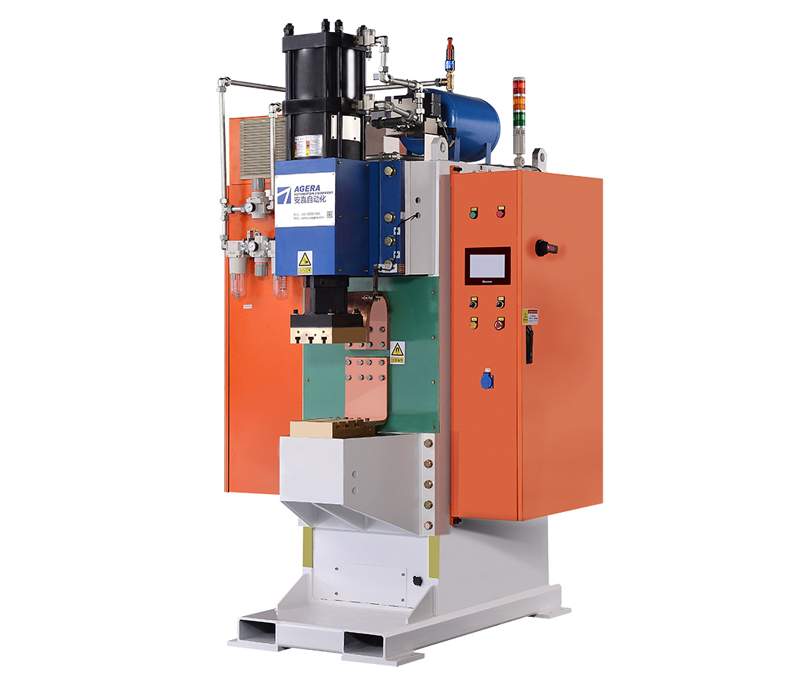Capacitor Discharge (CD) spot welding machines are widely used for their ability to produce precise and efficient welds in various applications. Ensuring optimal welding quality is crucial to achieve strong and reliable joints. This article explores strategies for controlling welding quality when using a capacitor discharge spot welding machine.
- Electrode Selection and Maintenance: The choice of electrodes significantly impacts welding quality. Proper electrode material and geometry selection can enhance weld consistency and reduce splatter. Regular maintenance, such as electrode dressing and polishing, helps maintain consistent contact and improves overall weld quality.
- Welding Parameters Optimization: Precise control over welding parameters, such as current, voltage, and welding time, is essential. Experimenting with different parameter settings and performing trial welds can help identify the optimal combination that results in consistent and strong welds.
- Workpiece Preparation: Properly cleaning and preparing the workpieces before welding is critical. Remove any contaminants, oxides, or coatings from the surfaces to ensure a clean weld interface. This promotes good electrical conductivity and minimizes potential defects.
- Proper Fixture and Clamping: Securing the workpieces in the welding fixture is essential to ensure accurate alignment and contact between the electrodes and workpieces. Proper clamping prevents movement during welding, resulting in consistent welds.
- Monitoring and Inspection: Incorporate real-time monitoring and inspection systems to identify any deviations from the desired welding parameters. This allows for immediate adjustments if any irregularities are detected, ensuring consistent weld quality throughout production.
- Electrode Force Control: Maintaining consistent electrode force during welding is crucial. Too much force can cause material deformation, while too little force may result in poor contact and insufficient weld quality. Use force-sensing systems to ensure optimal electrode pressure.
- Cooling and Cooling Time: CD spot welding generates heat, and proper cooling is necessary to prevent overheating and potential material damage. Adjusting cooling time and cooling methods based on material thickness and conductivity can enhance weld quality.
- Training and Operator Skill: Skilled operators play a significant role in maintaining welding quality. Proper training ensures that operators understand the machine’s capabilities, welding parameters, and troubleshooting techniques, leading to consistent and high-quality welds.
Controlling welding quality in capacitor discharge spot welding requires a combination of factors, from electrode selection and parameter optimization to proper workpiece preparation and operator skill. By implementing these strategies, manufacturers can achieve consistent and reliable welds, resulting in strong joints for various applications. Ensuring each step of the welding process is carefully managed contributes to the overall success of the welding operation and the production of high-quality products.
Post time: Aug-08-2023








